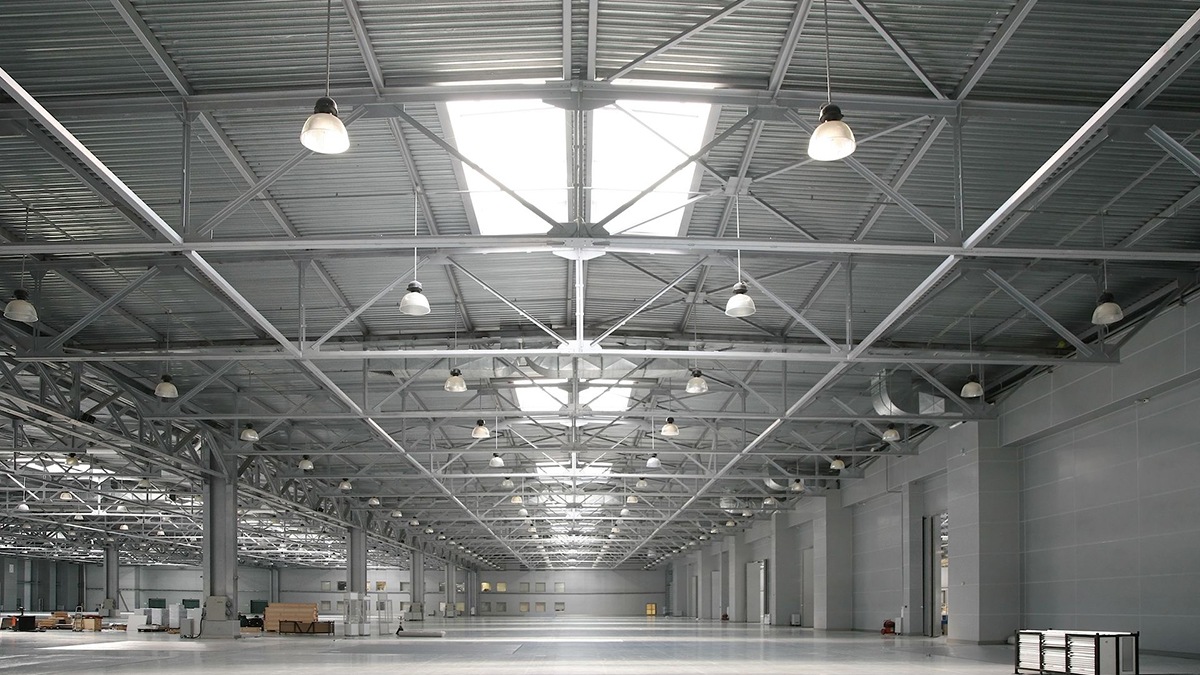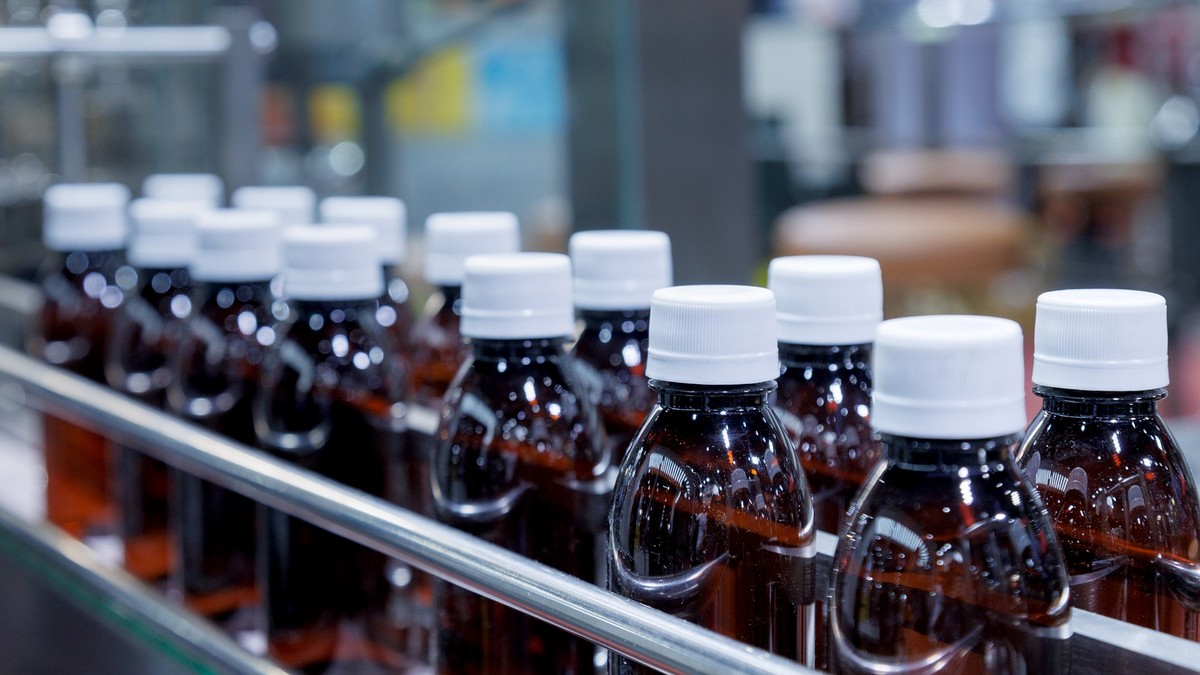With the soaring volume of e-commerce transactions, the demand for logistics is also rising. In the process of industry transformation and upgrading, smart technology has become one of the keys to industry development.
What Is the Difference Between the Logistics Industry and the Transportation Industry?
The logistics industry has a broader scope than the transportation industry. The transportation industry focuses on the movement of goods from one place to another, while the logistics industry means the entire "cargo flow" management, including not only the transportation and delivery of goods but also storage, handling, inventory, packaging, and other aspects.
Transportation is a procedure in the operation of the logistics industry, which mainly discusses the definition and deployment of transportation methods, such as sea, road, and air transportation. It is also important to distinguish between logistics and supply chain. Supply chain refers to the entire value chain from supplier to end customer, including after-sales service and reverse logistics (recycling).
The role of logistics equipment (logistics handling equipment)
Logistics handling equipment refers to all machinery and equipment used for efficient and labor-saving loading and unloading operations, which can reduce the burden on operators. These machinery and equipment are also called logistics handling equipment.
At the logistics site, it is necessary to complete a lot of heavy labor such as unloading and handling of goods. Logistics handling equipment is a general term for all operating equipment used to realize the efficiency of the logistics business and is responsible for the movement of raw materials, semi-finished products, and finished products. There are a variety of logistics handling equipment used at the logistics site, including forklifts, trolleys, pallets, conveyor belts, handling robots, sorters, picking systems, automatic warehouses, and so on.
-
Loading
The operation of loading the goods that need to be sent onto the truck. Conversely, the operation of unloading goods is called "unloading". For example, a forklift can easily understand loading and unloading. Go to the port area and you will be able to see the scene of the stevedore unloading the goods.
- Forklifts - Widely used in factories, logistics warehouses, port facilities, cargo terminals, and other types of sites. Because of its ability to lift heavy objects easily and flexible movements, it can play a role in many fields.
- Stacker - A device that can automatically stow goods on pallets by the stacker. In addition, there are palletizing robots that use industrial robots to grab (adsorb) goods and stack them.
- Depalletizer - A kind of logistics conveying equipment whose operation content is opposite to that of a stacker, which unloads goods stacked on pallets. Like the stacker, it will take on various shapes according to the goods.
- The packing and unpacking system - The operation of loading goods into the container is called "boxing", and the operation of taking the goods out of the container is called "unpacking". Under normal circumstances, packing and unpacking are carried out by manual operations and forklifts, and the use of conveyor belts to connect the container and the interior of the warehouse to help carry out packing and unpacking "packing and unpacking auxiliary equipment" can be labor-saving and high efficiency.
-
Moving in the warehouse
The simplest logistics handling equipment for moving goods inside warehouses and distribution centers is a trolley. In addition, there are self-propelled automated guided vehicles (AGV), roof hoisting rail trolleys, rack handling robots, and so on.
- Automatic Guided Vehicle (AGV) - An automatic guided vehicle. A transport trolley that first lays track-shaped magnetic tapes or strips on the ground, and then automatically drives along with the magnetic guidance. According to the application, it can be divided into conveyor belt type AGV, heavy load AGV, low ground type AGV, traction type AGV, and many other types.
- Roof hanging rail trolley - A trolley that uses vacant air space to travel along the track laid on the roof. Like an automated guided vehicle (AGV), it can be driven automatically, not only for transporting goods, but also for automatic replenishment of picking shelves, sorting of delivery directions, and transportation of parts between processes in the factory.
- AI-equipped automatic handling robot - With the development of automated guided vehicles (AGV), automatic handling robots equipped with AI are also entering the market. There is also an automatic handling robot that can independently deliver goods to the operator and track the operation of the operator without relying on a magnetic belt like an automatic guided vehicle (AGV), and move each shelf separately to create a space for easy operation. Robots and so on.
-
Sorting
Conveyor belts and sorters are used in the operation of sorting while carrying many goods. The structure that uses the conveyor belt and the sorter is also called the sorting conveyor belt.
- Conveyor belt (belt conveyor belt) - A logistics conveying equipment that conveys the materials loaded on it at a certain speed. Conveyor belts are widely used in various fields.
- Sorter (automatic sorter) - Can be divided into various types such as slider type, tray type, cross belt type, pop-up wheel type, etc., and automatically sort goods. The cross-belt type that uses a combination of vertical and horizontal conveyor belts is called "cross-belt sorter" and is suitable for high-precision and high-speed sorting.
- Automatic labeling machine - A logistics conveying device that can print labels corresponding to the purpose and automatically paste them on the containers and cartons on the conveyor belt assembly line.
-
Store
As storage and storage devices, storage racks and shelves are usually used. In addition, there are automatic warehouses that realize the storage and management of goods on the shelves.
- Automated warehouse - There are many types of automated warehouses that realize the storage and management of goods on the shelves, including large warehouses for independent storage and management of pallets, special warehouses for picking, and so on.
-
Ship
In the delivery stage, picking, sorting, packaging, and other operations are required. To find the target product and ship it as soon as possible, it is necessary to have a wealth of experience. The systems that can provide the above experience are the "digital picking system" and the "automatic box making machine".
A digital picking system is a system that can provide support for operators in picking. When picking, the product number and quantity are usually checked while looking for the product, which will increase the movement of pickers within the factory and consume time. The digital picking system installs a digital picking display on the shelf and controls the display where the target product is located to light up, allowing pickers to quickly find the product. In this way, there is no need to search for goods anymore, and anyone can work at the same speed, eliminating the trouble of training operators and making it more efficient and economical.
- Automatic Case Former (Case Former) - A kind of logistics conveying equipment that automatically opens the stacked cartons and completes the tape sticking operation. In a logistics center with a lot of packaging operations, it takes a lot of time to manually assemble cartons. Using an automatic box-making machine can immediately seal the cartons and deliver them quickly.
- DWS - A system composed of Dimensioning, Weighing, and Scanning, which can identify the volume, weight, barcode, etc. of the delivered item through a single scan. The accurate size and weight of the delivered items can be measured on the conveyor belt to help avoid mis-delivery and achieve fast delivery.
The Efficient Way of Logistics Operations
To solve the problems of the logistics site, it is necessary to ensure that all processes (including goods circulation, operation flow, information flow, etc.) from receipt to delivery are idealized. Only after realizing the efficiency of various operations, can the improvement be realized.
-
Simplification of work
To realize the improvement of the logistics site through the efficiency of operations, it is necessary to start with the simplification of the process and procedures. Simplification can increase the operating speed, reduce errors, and control the amount of staffing to a minimum. However, purely simplifying complex operations cannot achieve high efficiency. Identifying the work that takes up excess time and labor, re-examining the status quo, analyzing improvement measures, and corresponding effects, is the essence of worksheet purification.
Long-term habits often make people ignore the abnormalities in the homework, making it difficult to find the waste. The key to efficiency is to constantly question such habits, eliminate redundant tasks, and accumulate day after day, leaving only practical and effective steps.
-
Optimization of movement lines and layout
The manufacturing site, home kitchen, or logistics process determines the ease of use and work efficiency and the flow and layout of the site. It is best to shorten the distance between each process as much as possible, but there are safety issues in the movement lines and layout design that allow forklifts and operators to move in the same area. However, if too much attention is paid to safety, or the distance between the bulk storage area and the pallet area is too far, a lot of time will be wasted when moving goods and replenishing, resulting in inefficiency. Therefore, these contradictory elements must be properly adjusted to achieve the optimization of the operation flow and layout.
-
Utilize the automation and labor-saving of handheld terminals
At the logistics site, the larger non-efficiency factor is to rely on visual inspection operations and delivery orders, and physical confirmation. Such operations not only cause waste but also cause negligent errors such as misreading and omission. If you can abandon manpower and use handheld terminals to complete such verification tasks, you can not only achieve efficiency but also avoid errors such as mis-delivery.
The use of hand-held terminals for checking operations is accurate and fast beyond visual inspection. Even if it is used by staff with little experience, it can greatly reduce the error rate of designated operations. When pursuing the efficiency of warehouse operations, the effective use of handheld terminals will become the keyword for improvement.









.png)




